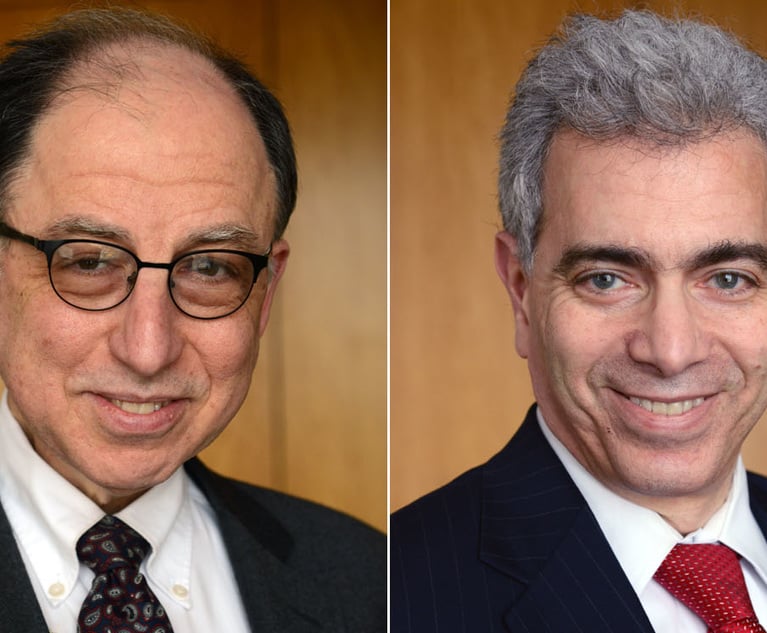 As the world continues to deal with the health and economic catastrophe created by the COVID-19 pandemic, a potential tsunami of related litigation has begun a slow but steady build. Because the pandemic is unprecedented, predicting the legal fallout left in its cruel wake is difficult. However, what we can predict—and what we, as lawyers, must predict—is an eventual steady stream of litigation directly related to the havoc wreaked by COVID-19. It is therefore critical for businesses, and the attorneys advising them, to anticipate the types of litigation they may face in the immediate future. The ability to predict provides the ability to plan, and planning may be a business’s most potent weapon in weathering the storm of litigation born from the pandemic.
As the world continues to deal with the health and economic catastrophe created by the COVID-19 pandemic, a potential tsunami of related litigation has begun a slow but steady build. Because the pandemic is unprecedented, predicting the legal fallout left in its cruel wake is difficult. However, what we can predict—and what we, as lawyers, must predict—is an eventual steady stream of litigation directly related to the havoc wreaked by COVID-19. It is therefore critical for businesses, and the attorneys advising them, to anticipate the types of litigation they may face in the immediate future. The ability to predict provides the ability to plan, and planning may be a business’s most potent weapon in weathering the storm of litigation born from the pandemic.
Indeed, the business community has already seen an initial wave of litigation coming out of the COVID-19 crisis, including cases involving: (1) a maker of hand sanitizer making false statements about the sanitizer’s effectiveness against COVID-19. David et al. v. Vi-Jon, Case No. 20-cv-00424 (S.D. Cal. filed March 5, 2020); (2) Uber and Lyft drivers seeking a declaration that they are employees and not independent contractors, making them eligible for sick pay. See Verhines v. Uber Technologies, Case No. 20-583684 (Cal. Super. Ct. filed March 12, 2020); Rogers v. Lyft, Case No. 20-583685 (Cal. Super. Ct. filed March 12, 2020); (3) retailers price gouging high-demand items such as toilet paper and hand sanitizer. See Armas v. Amazon.com, Case No. 104631782 (Fla. 11th Cir. Ct. filed March 10, 2020); (4) a New York fitness chain charging monthly fees after the gym closed because of the pandemic. See Namorato v. Town Sports Int’l, Case No. 20-cv-02580 (S.D.N.Y. filed March 26, 2020); and (5) ticket reseller StubHub refusing to refund money for cancelled events. See McMillian v. StubHub, Case No. 20-cv-00319 (W.D. Wis. filed April 2, 2020).






